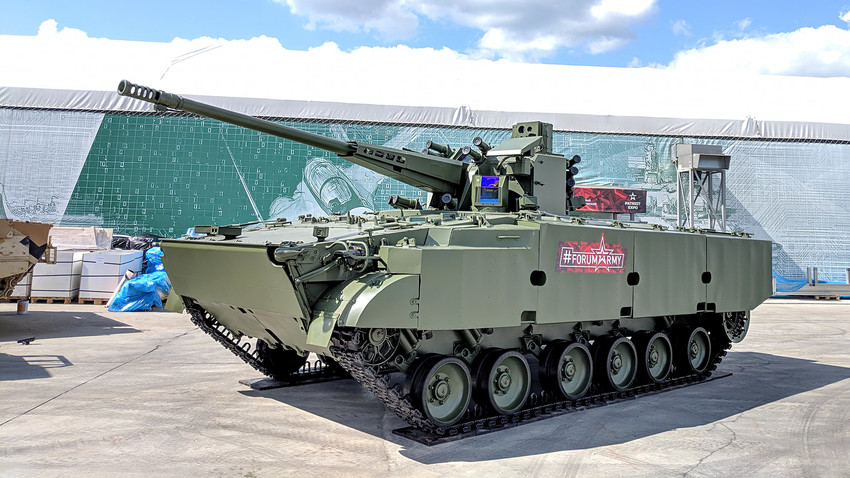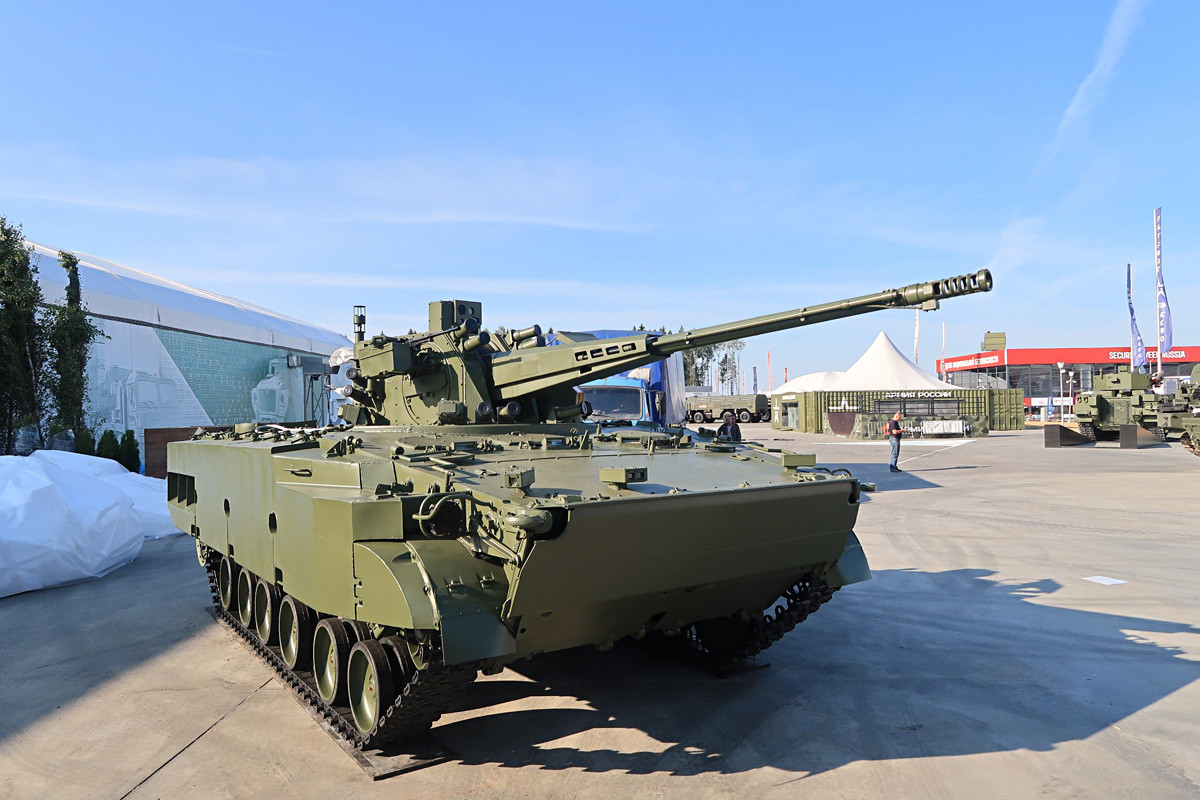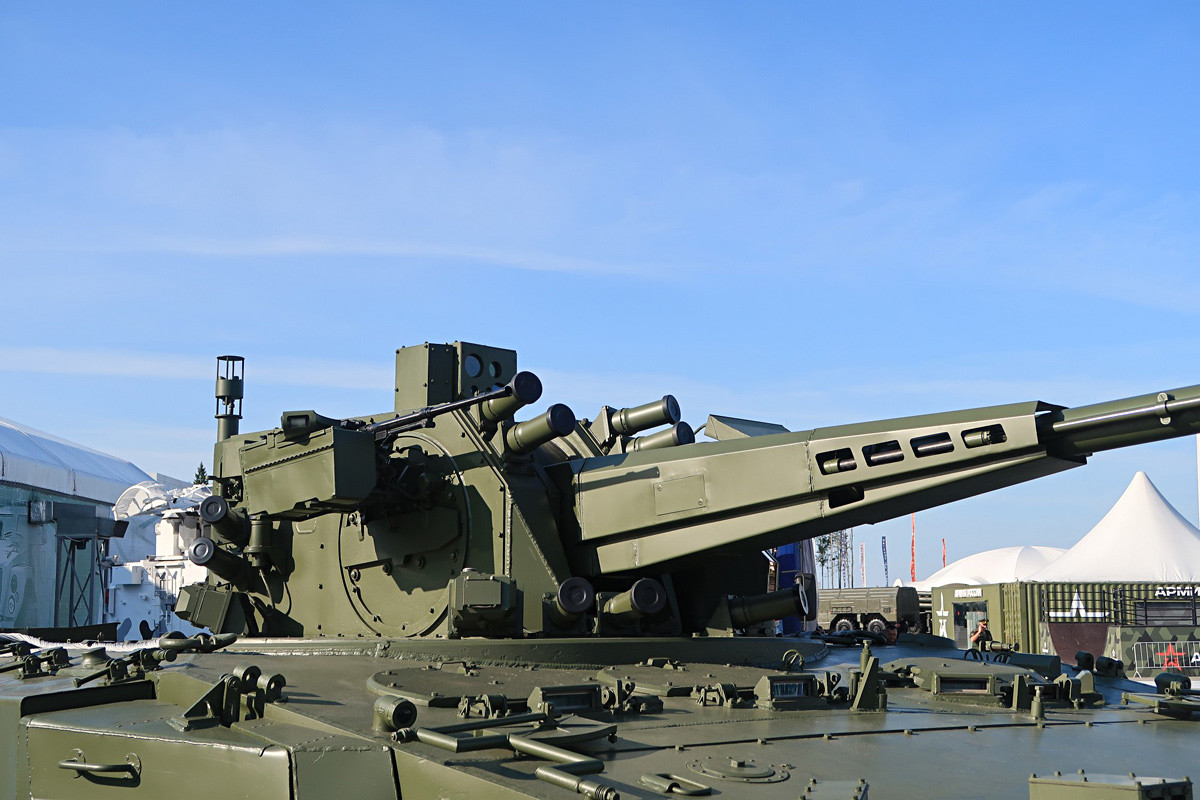
Russia's leading manufacturer of heavy tracked vehicles, the Uralvagonzavod factory, has unveiled both a new anti-aircraft system and an upgraded Soviet infantry fighting vehicle.
These systems were the highlight of the company's presentation at the Army-2018 military
The company's first new offering was an upgraded version of the BMP-1 infantry fighting vehicle under the codename “Basurmanin” (“infidel” in Russian). The manufacturer was faced with the task of turning a Soviet dinosaur into a new age monster able to fight alongside the Russian army’s new battle wagons. Whether or not the task has been accomplished will become clear after military trials in Syria. In the meantime, here’s a summary of the upgraded model's new features.
Firstly, it has a new weapon station borrowed from the BTR-82A. It includes a 30-mm 2A72 rapid-fire automatic gun, a 7.62-mm PKTM machine gun, as well as a TKN-4GA-01 combined system with an anti-aircraft sight, which can operate around the
Thanks to the new weapon station, “Basurmanin” can effectively be used both against troops and lightly armored vehicles at ranges of up to 2 km - and against low-flying helicopters.

You may wonder how

So Russian engineers have been working on how to deal with this problem. Uralvagonzavod designers have created a self-propelled anti-aircraft gun system, the 2C38 Derivatsia-PVO, to destroy small air targets, but it can also be used against cruise missiles and air-to-ground rockets. Particularly resourceful soldiers will also be able to use this new system against lightly armored vehicles and infantry hiding in brick buildings and other fortifications.
The manufacturer describes the new system's ammunition load as unique. In addition to the classic, 57-mm fragmentation, tracing, and armor-piercing shells for the S-60 automatic gun, it’s also packing some new ammunition: Multifunctional guided artillery shells with a time fuze.
The anti-aircraft missile system can operate at any time of day or night and in any
Furthermore, for the destruction of each target, the “smart” system will independently select the most effective munition.
If using any of Russia Beyond's content, partly or in full, always provide an active hyperlink to the original material.
Subscribe
to our newsletter!
Get the week's best stories straight to your inbox